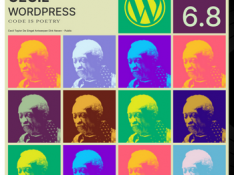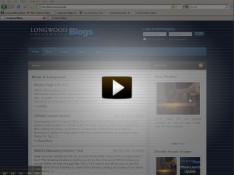Examples of other student e-Portfolios:
- Communication Study Students at Longwood
- Human Services Student
- Art Education Student
- Art Student
- Psychology Student
- History and Public Policy Student
Students learn many skills that never get captured in their transcript or resume. Unfortunately, many of these skills are the very ones that interest employers and graduate schools. They want to know how you will fare when confronted with ill-defined problems, or when you work with a group of diverse people, across disciplines, cultures, time zones, and temperaments. How good are you at negotiating approaches that satisfy multiple stakeholders? Do you have the ability to assess and interpret information and communicate clearly to different audiences? These kinds of skills are not gained in one class but rather across multiple classes in combination with your life outside of class. So they don’t come with a grade and they don’t show up on your transcript. But if you develop the habit of capturing different aspects of your learning you will have evidence of these skills ready to demonstrate when the time comes.
There is a well-documented five-step process to developing your e-Portfolio:
Stages of Electronic Portfolio Development
Helen C. Barrett (2000) presents typology of different stages related to multimedia development and which may be adapted to other contexts.
| Portfolio Development | Stages of Electronic Portfolio Development | Multimedia Development |
| Purpose & Audience | 1. Defining the Portfolio Context & Goals | Decide, Assess |
| Collect, Interject | 2. The Working Portfolio | Design, Plan |
| Select, Reflect, Direct | 3. The Reflective Portfolio | Develop |
| Inspect, Perfect, Connect | 4. The Connected Portfolio | Implement, Evaluate |
| Respect (Celebrate) | 5. The Presentation Portfolio | Present, Publish |
To create your e-Portfolio go to our FAQs for instructions!


 See the latest info on what's new in wordpress...
See the latest info on what's new in wordpress...  Check out the new release notes!
Check out the new release notes!  Spring 2024 updates, click for details
Spring 2024 updates, click for details  Click here to learn how to get started with blogging by creating your site.
Click here to learn how to get started with blogging by creating your site. 




